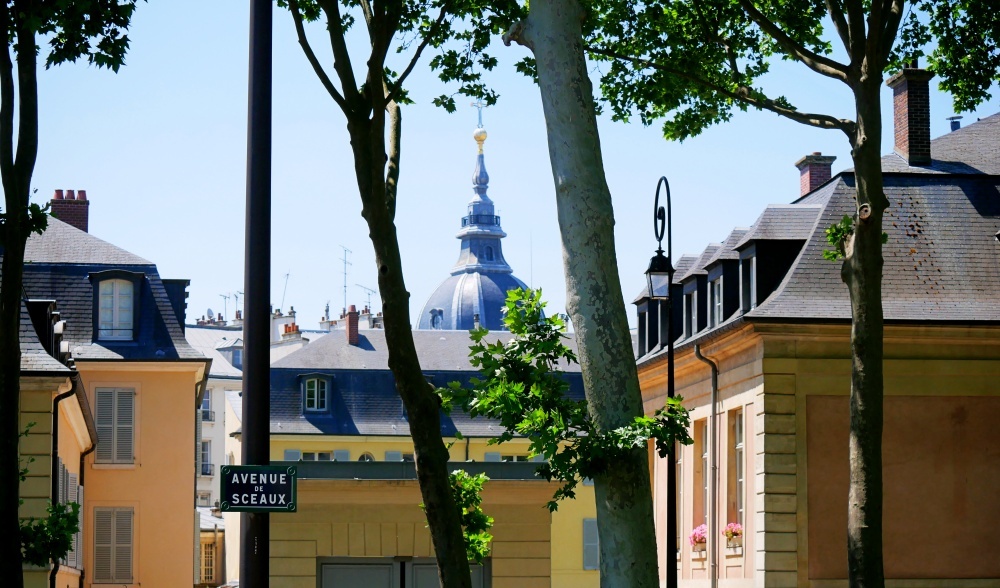
If I were to say Versailles, you would more than likely think of a golden palace and a glittering hall of mirrors, not too far from Paris. You’d be right, of course, but there is so much more to the city of Versailles than its sumptuous 17th century château – dignified mansions, narrow arcades, soaring cathedrals and one of the best markets in France. And where else would you find a chandelier in a train station? So let’s take a visit to downtown Versailles.
First, a little bit of history
The name ‘Versailles’ is generally believed to come from the Latin versare meaning to turn over and over, as in ploughing or clearing the land for planting. The “Versailles” would therefore be newly ploughed land. We first see the name Versailles in 1038 in a document referring to Hugo de Versailles who witnessed the donation of some land to the abbey of Chartres. There has also been a Rue de Versailles in Paris since the 13th century.
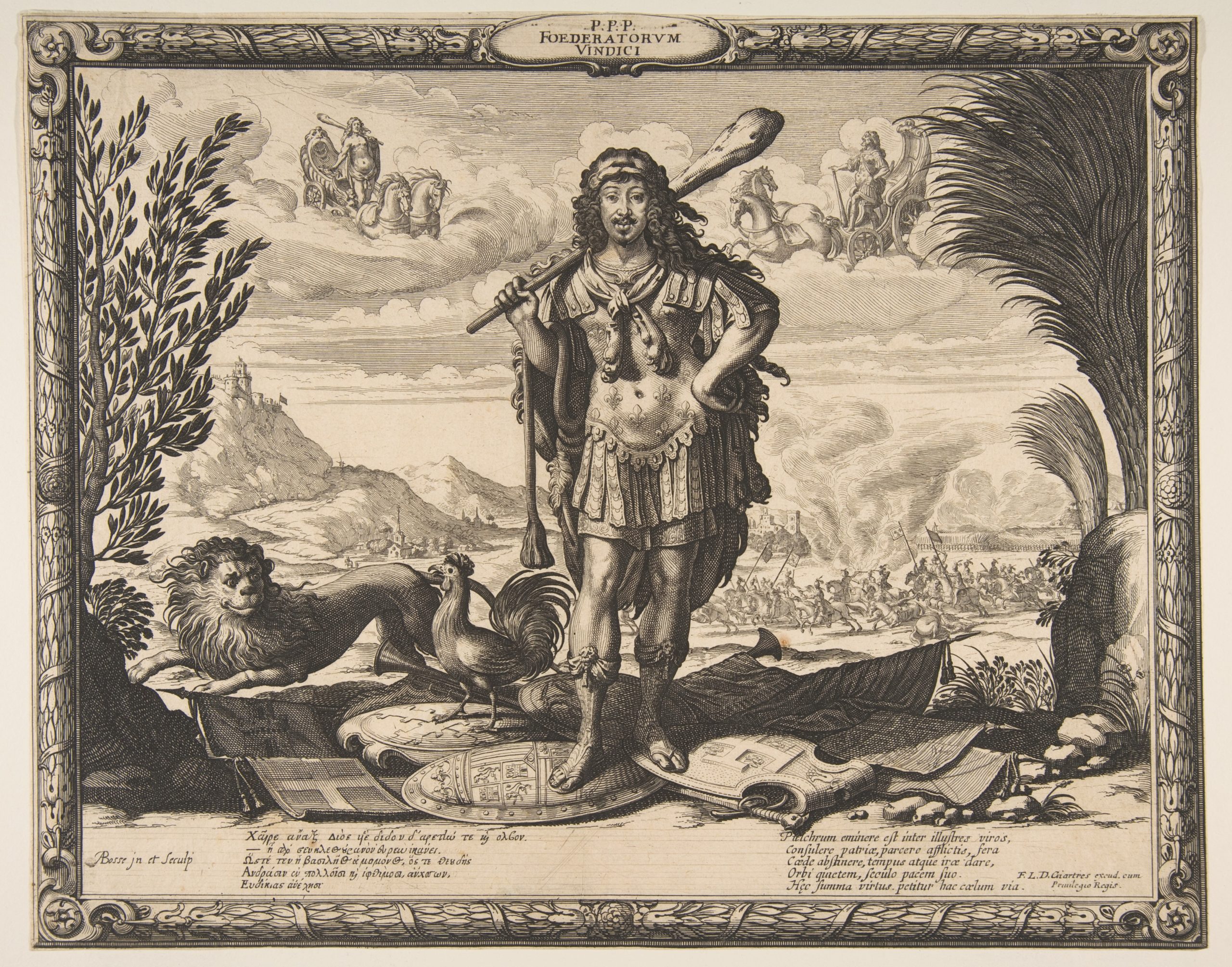
Louis XIII built a small hunting lodge here in 1624, and several years later a slightly grander château. For much of the aristocracy and the royal family hunting was a much loved pastime and the king found the forests surrounding Versailles to be particularly full of game. He also loved the peace and quiet of the area compared to the intrigues and infighting of the royal court in Paris. At this time Versailles was a small village of around 400 people with a mill, a manor house and a church.
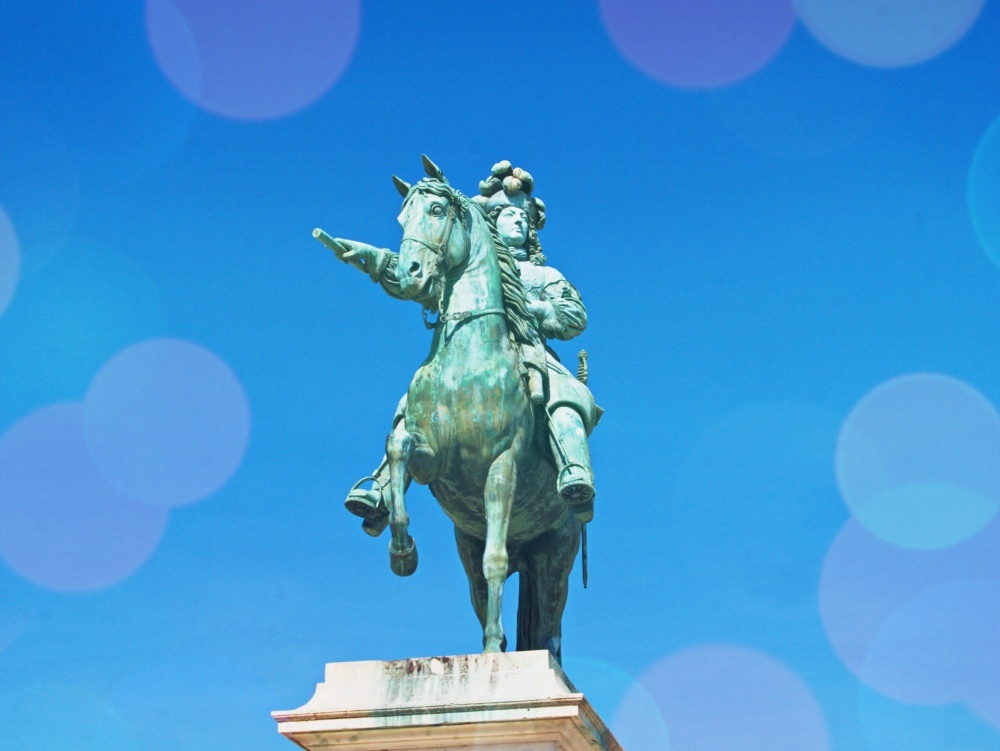
It was under the reign of his son, Louis XIV, also known as the Sun King, that the town of Versailles achieved the grandeur we see today. The construction of one of the world’s greatest chateaus began in 1661. 20 years later it was unfinished but still suitable for a King, so Louis XIV moved himself and his royal court from Paris to Versailles. It remained the residence of the French Court and the government until the French Revolution of 1789.
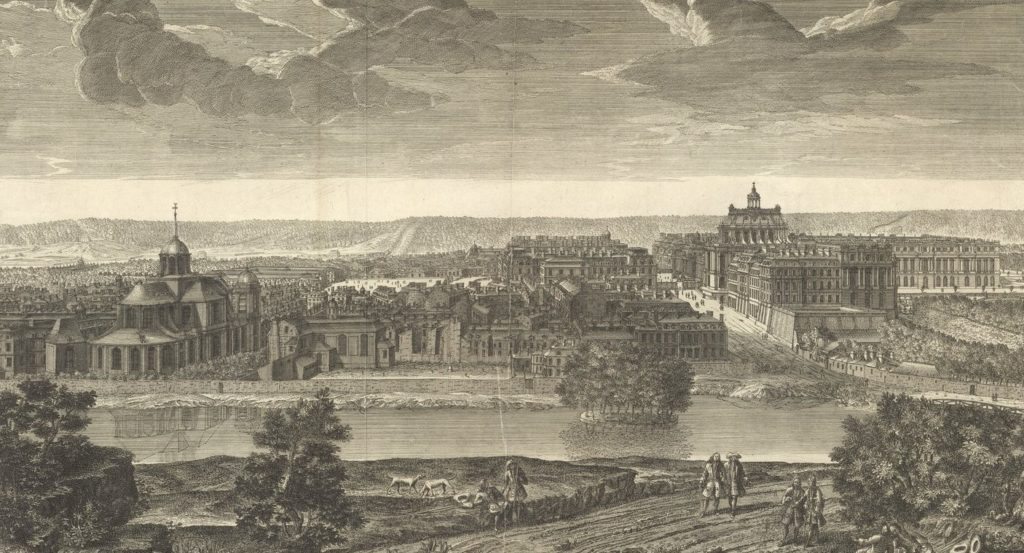
The original hunting lodge of Louis XIII was on a hill, but during the construction of the palace all of its swampy, surrounding area had to be filled in and much of the original village and church were destroyed. The city which was built around the château was meticulously planned, with grand avenues and symmetrical streets to best display its gracious and stately buildings. As the royal court of France was made up of thousands of people as well as all the visiting ministers, aristocrats and 18th century tourists, it soon became very populous and its beauty known throughout Europe.
In 1789 there were 70,000 people living there, one of the largest French cities of the time. This was to drop to 25,000 with the Revolution when Louis XVI and Marie Antoinette were forced to move to Paris.
Notre-Dame quarter
Turning your back on the château (it’s not easy, I know!), you don’t have to walk very far to forget there is even a grand palace nearby. First stop on our visit to Versailles, Notre-Dame Cathedrale. Consecrated in 1686, it was the church of the court of Versailles, and so all births, deaths and marriages of the royal family were recorded here.
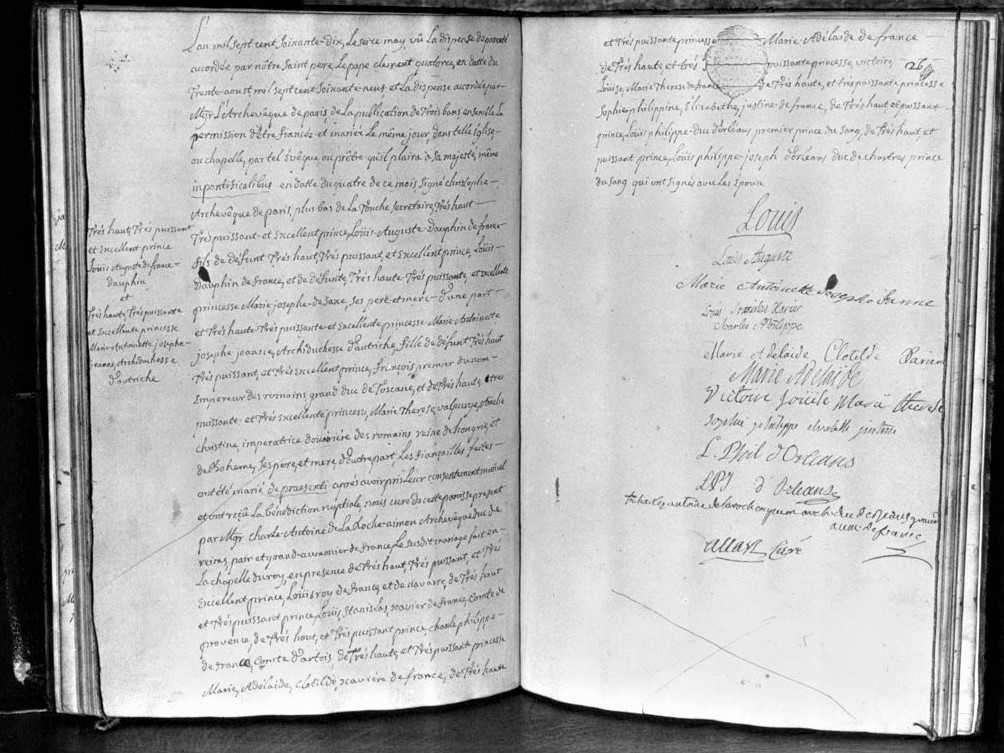
On religious Feast Days (there are a lot in France!) the entire court would walk from the château to the church of Notre-Dame on specially made regal tapestries. The royal family themselves would travel the short distance in style, in a golden carriage pulled by two white horses. Such was the spectacle of royal life.

In front of the cathedrale is Place Hoche, which was the first octagonal place, or public square, in France. Originally called Place Dauphine in the 17th century, since 1836 it has held a statue of Lazare Hoche, a general in the French revolutionary army. An 1861 description stated Place Hoche was the most beautiful place in all of Versailles, but in 1788 several rioters who had destroyed a local bakery in search of bread and flour were hanged here and their bodies left in the square for 8 days.
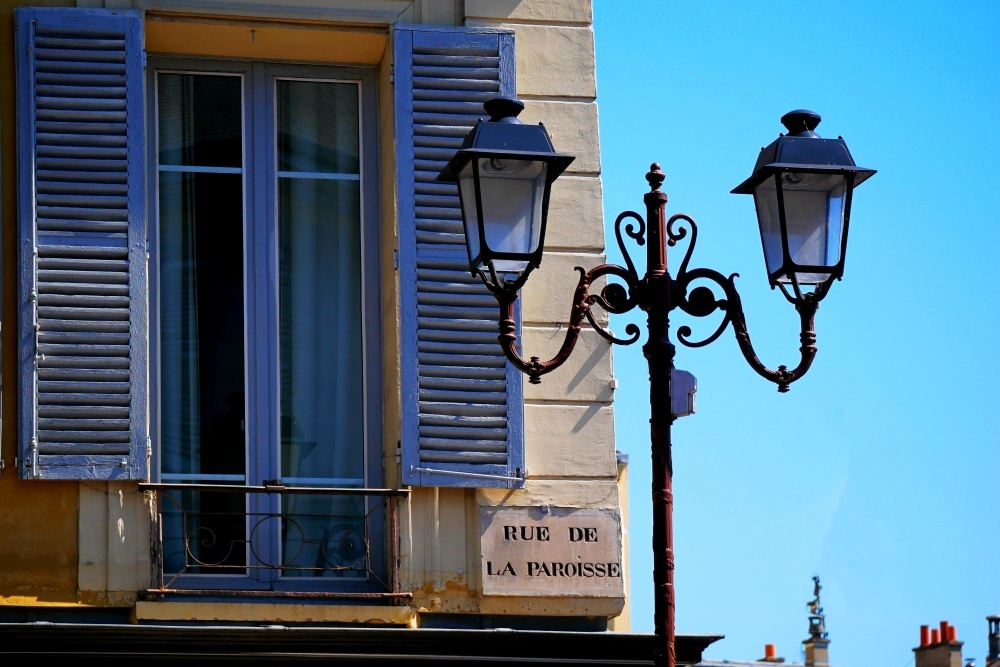
Rue de la Paroisse (Parish Street) was one of the longest streets in Versailles. Walking along this road today is one long distraction, with intricate detailing on windows and carved wooden doors.
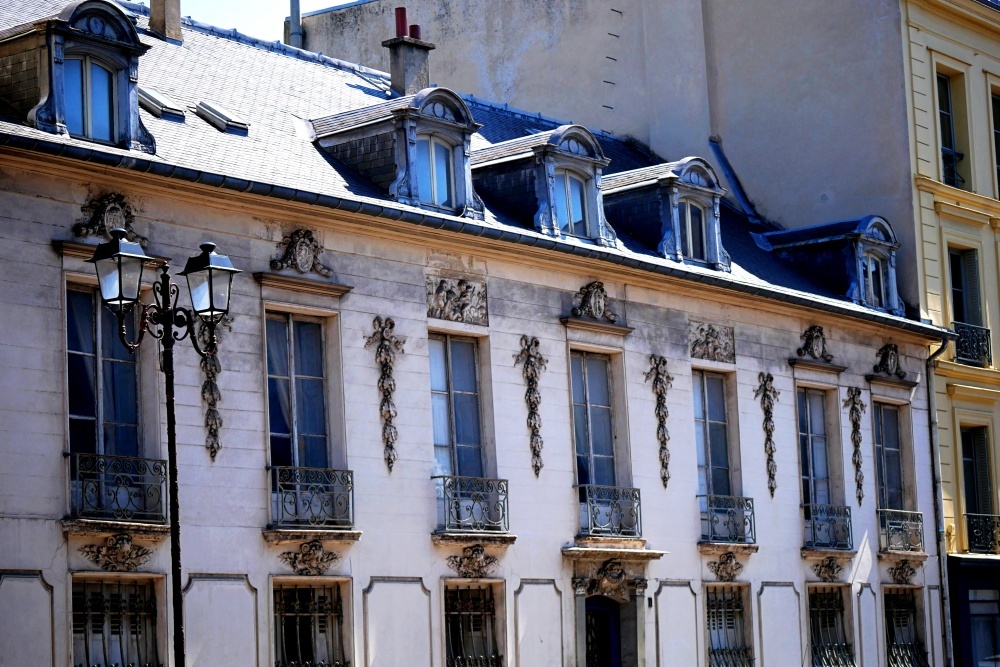
Number 11, rue de la Paroisse, caught my attention for the longest time. The land was originally given to the écuyer or equerry of Madame de Maintenon, a much loved mistress and secret wife of Louis XIV. The beautiful house was built in the early 1700s and in 1735 Louis XV granted the property to Jean Joseph Pièche who was a flutist, a musicien de la chambre to the King. There were several other members of the talented Pièche family who were musicians to the royal court. This house must have played host to many artistic soirées over the 18th century as the celebrated artist François Boucher and the composerJean-Philippe Rameau are believed to have lived here at some time.
The ornamentation on the facade was added in the late 19th century, and the house restored between the two wars in the 20th. It has been owned by the same family since 1822 and if you would like to take a peek inside, one of the suites is available as a B&B!





Walk a little further along the rue de la Paroisse and you will pass elegant and well dressed stores and delicious gourmet baked goods.
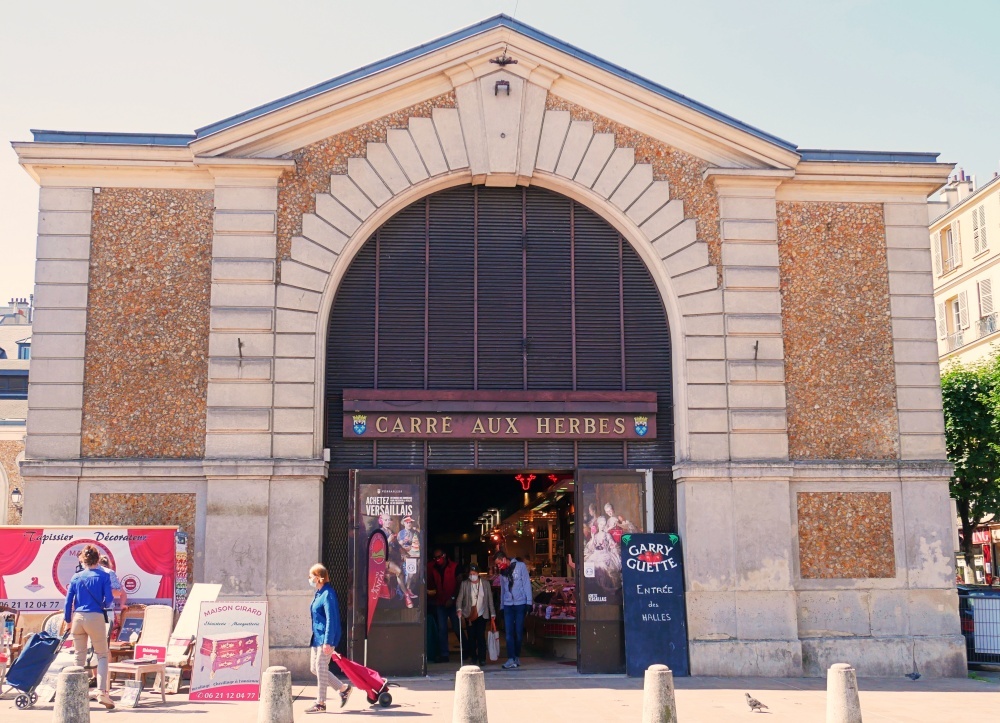
This quarter is also home to what is considered the best market in the Île-de-France region, the Marché Notre Dame. The four carrés, or halls, were originally built by Louis XIII in 1634 so that the city could trade in grains and cattle to and from Paris, and was the place of three yearly agricultural fairs. The market of today with its rebuilt halls dates from the mid 19th century. They sell a wondrous array of traditional (and not-so traditional!) market fare, fresh and colourful fruits, vegetables, flowers, cheeses, meats. More than enough to stock up your fridge for the coming week. The halls are open every day except Monday, and the food market stalls are set up on a Tuesday, Friday and Sunday. Get there early…
To prepare for your visit to the market in Versailles, watch my video here!
Antiquarian quarter
If you love antiques (who doesn’t!) and you have a penny or two to spare, you must take a stroll through the Antiquarian district. Located next to the market, the Passage des Antiquaires was formerly a walkway used by prisoners from la Geole, the jail. Charles Samson, who took the head of Louis XVI in 1793, was also the executioner of the prison until 1788. Madame du Barry, the last mistress of Louis XV of France, was imprisoned here during the French Revolution until her own death also at the hands of Samson in 1793.
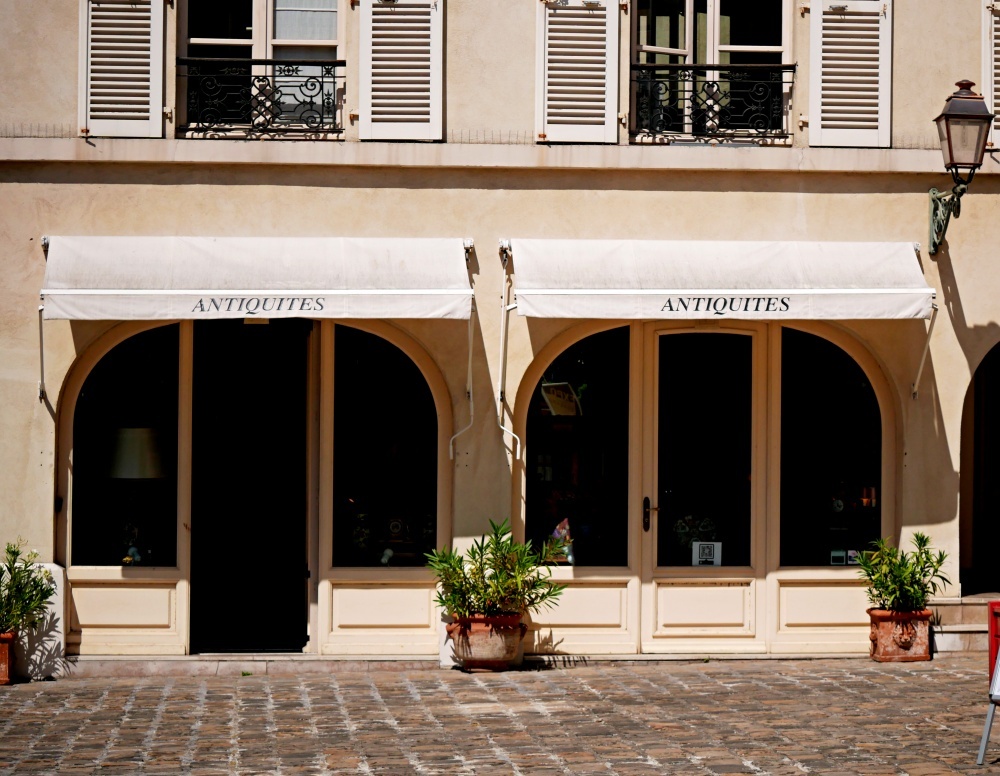
The beautiful old Bailiwick building, the first court and underground prison in Versailles, was built in 1724. Now you can admire its imposing architecture and browse through the antiques.
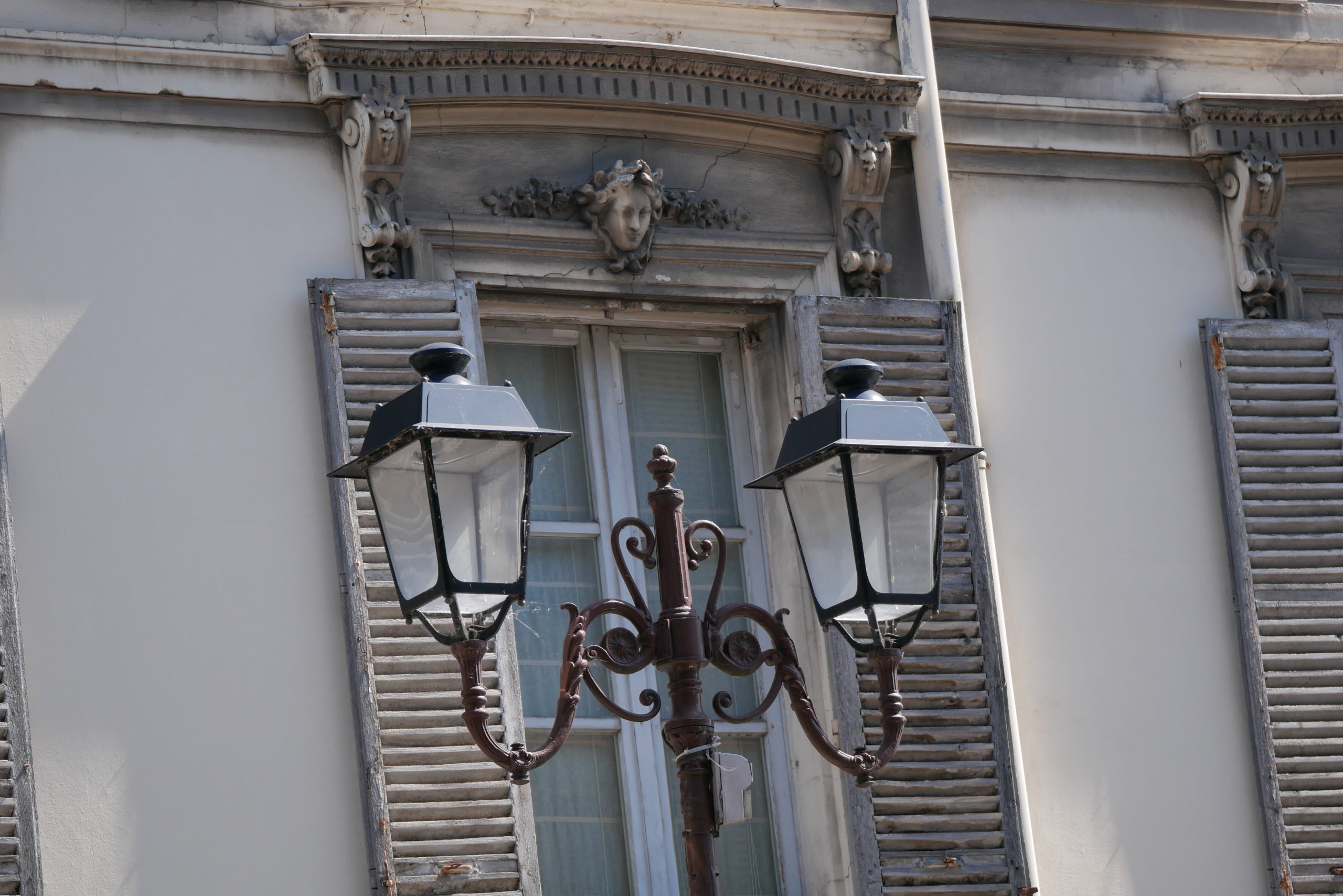
In 1742, there were 642 street lamps in Versailles: 107 for the king, 27 for princes and lords, and 508 for the city, including one for the public prosecutor, and the other for the police superintendent. The lamps were paid for by a special tax imposed on all the house owners of the city, and every charge d ‘ allumeur had to light 15 lamps per night. Special conditions were set for their daily lighting:
In November 1743, the lanterns will be lit at 6 o’clock in the evening, the day after the full moon. From the 4th to 7th of the month they will be lit with a small candle, and from the 8th to the 23rd by a large candle.
Saint-Louis Quarter
This area is one of my favourite in all of Versailles. It feels a little more lived in, a little more working class, even a little more authentic to its 17th century roots.
And is there anything better than poking your head around a corner and discovering vestiges of 17th century life!
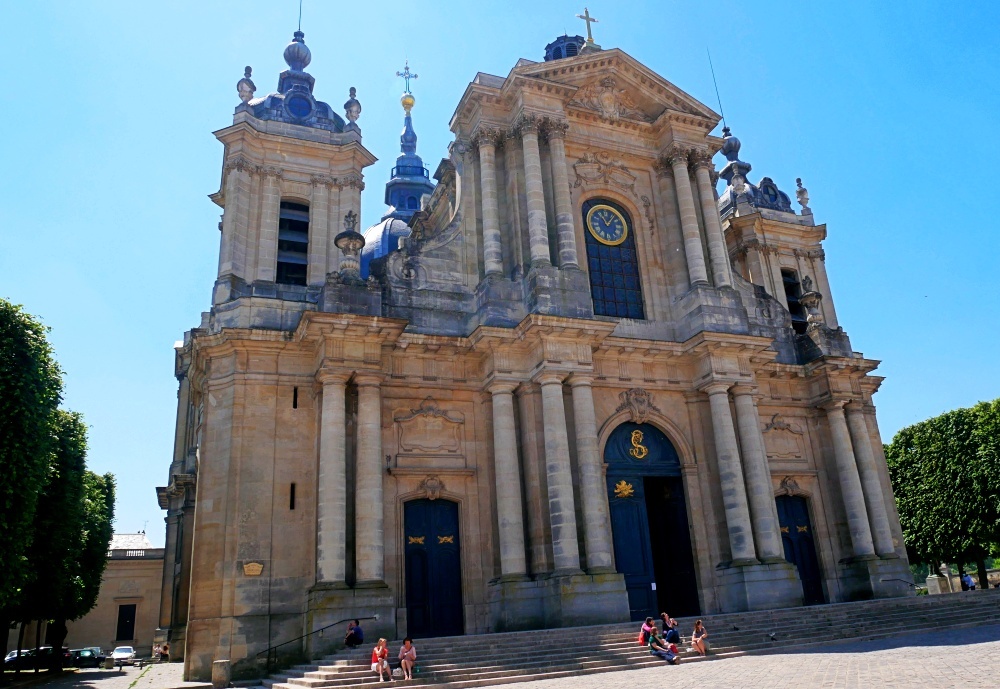
Its quite impossible to miss the cathedral of Saint-Louis. In a city dominated by the palace of Versailles and where building height has always been restricted, the dome of the church reaches 65m high. Even so, on approach, I was startled as it materialised in front of me, tucked away as it is amongst small but parallel streets. The cathedral was consecrated in 1754 and played an important role in the beginning of the revolution which transformed France in 1789.
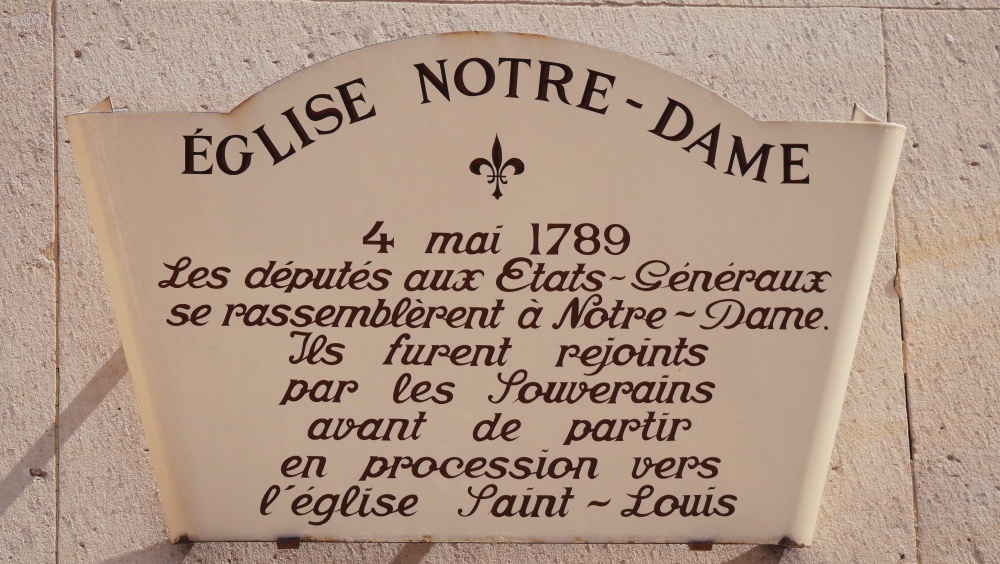
At this time Louis XVI had called for a meeting of the Estates General (the three Estates were the clergy, the aristocracy and the peasantry) in order to air their grievances and discuss a way forward for debt-ridden France. On 4 May 1789, the opening of the Estates General, Louis XVI, his brothers, his children and Marie Antoinette, accompanied by a large number of the royal court as well as the representatives of the three Estates, made their way slowly from the church of Notre-Dame to the church of Saint-Louis, where a mass was held. The streets were draped in colourful tapestries and the watching crowds cheered, hoping for genuine change in the inequalities of the current system. If you know your history, you will know that the calling of the Estates General was the beginning of the end for Louis XVI and the French monarchy.
Other areas
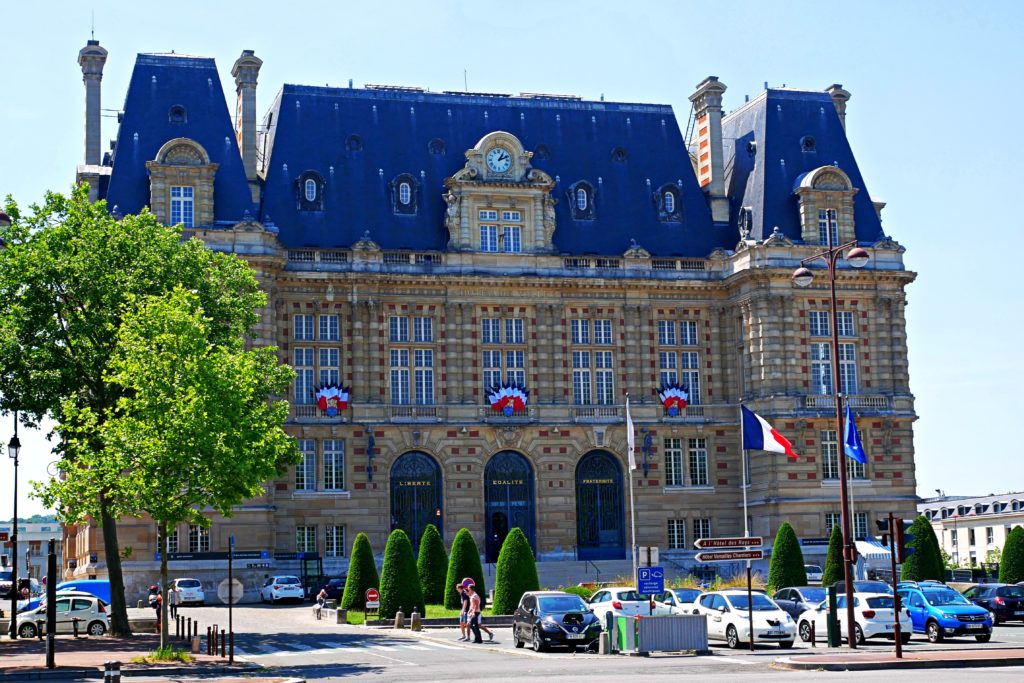
Even the smallest towns in France can boast of having a fancy town hall, but it’s hard to rival the Hôtel de Ville of Versailles. It was originally built in 1670 for Marshal de Bellefonds who had the very important task of looking after the royal dogs of Louis XIV. It eventually passed from his hands to those of the Princess Conti, the eldest illegitimate child of Louis XIV where it became a popular retreat for members of the royal court. The building was briefly used as the town hall during the Revolution, was demolished in 1899, and rebuilt in exactly the same style several years later, only larger. It has been the hôtel de ville for Versailles since 1900.
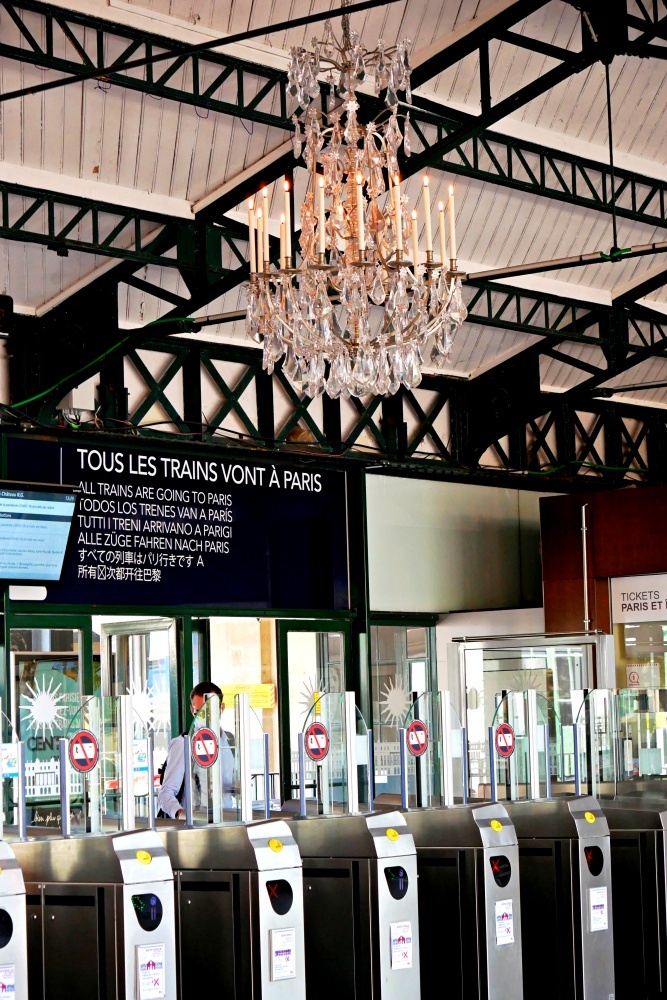
Where is this chandelier in a train station, I hear you ask? No visit to Versailles would be complete without taking a peek in (or a train to) the Gare de Versailles Château Rive Gauche. Formerly known just as Versailles Rive Gauche, it was opened with great ceremony in 1840 as the people of Versailles celebrated their new train line which departed from the left bank of the Seine (hence the name rive gauche) all the way to Versailles. It seems even the train stations are out to impress with their grandeur.
It’s lucky for the tourist that the people of Versailles are infinitely polite and stand to the side when you take your photos. I am sure they are pleased to see people spending time in their city marveling at intricate ironwork, cherubs in stone, 19th century fountains and enormously heavy carved doors. On your next visit to Versailles take some time away from the palace and explore the secret corners of this majestic city.
Unless stated otherwise, all photos in this post are the property of Madame Mélissande.
Useful links
https://en.versailles-tourisme.com/ The Versailles Tourist Office has loads of information on accommodation and tours, as well as the history of the town.
https://www.versailles.fr/ma-ville/decouvrir/tourisme/ Website of the City of Versailles, in English and a variety of other languages. You can read about upcoming events and local initiatives.
http://en.chateauversailles.fr/ If you can’t help yourself and you absolutely must visit the Château de Versailles, this is the link to the official website.
http://piec.e-monsite.com/ Did you read about the house at 11 Rue de la Paroisse? Should you need somewhere to stay in Versailles, here is the link to the B&B, which is called Suite Pièche (NOT an affiliate link, I just think it would be cool to stay there).
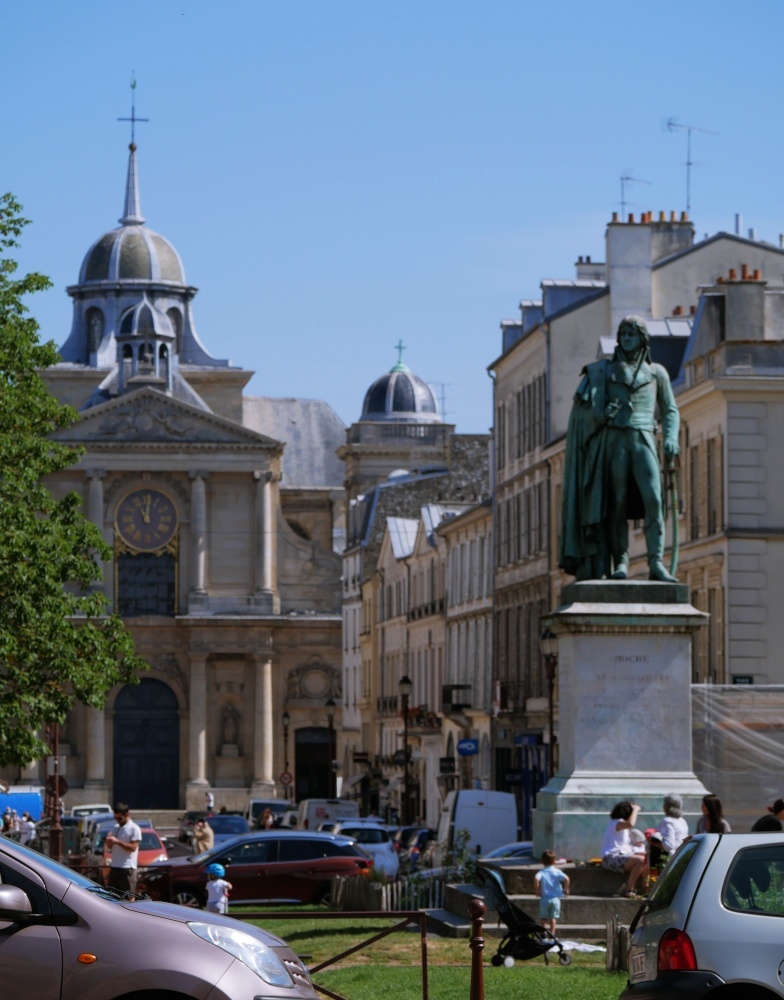
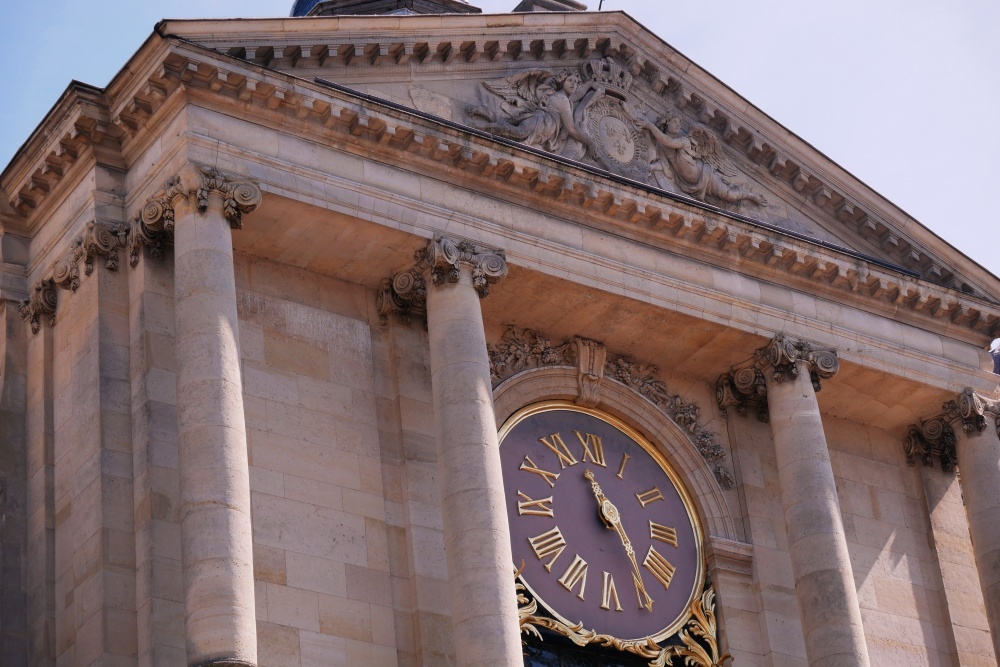
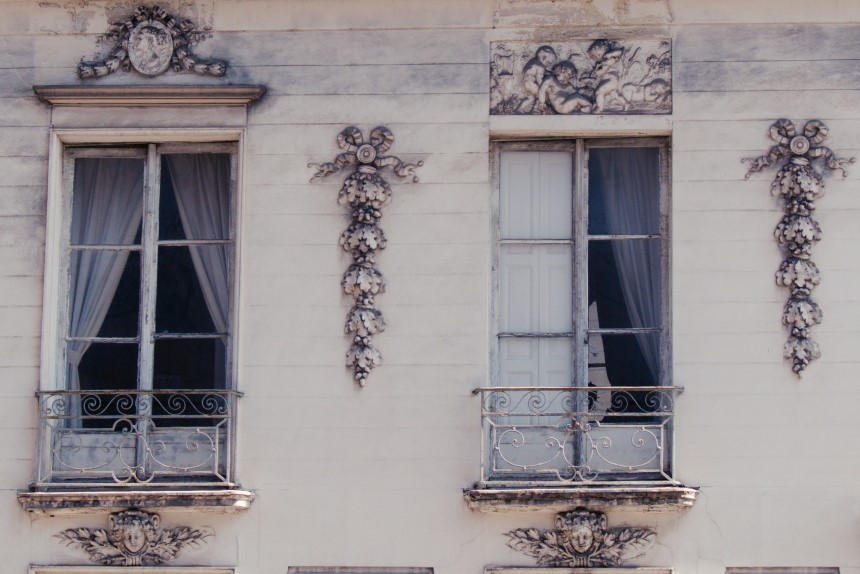
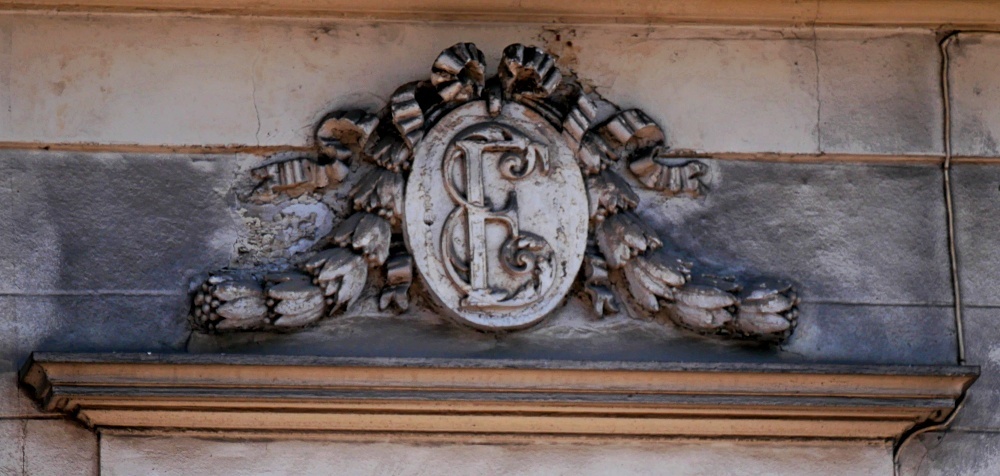
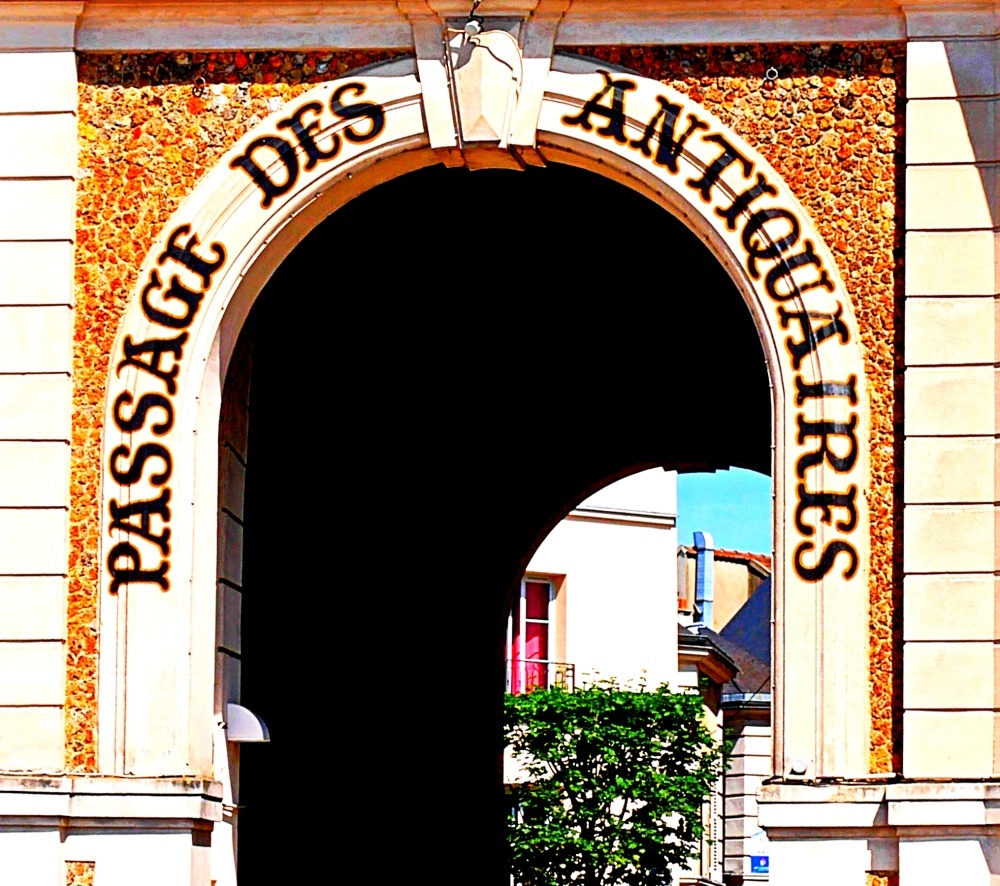
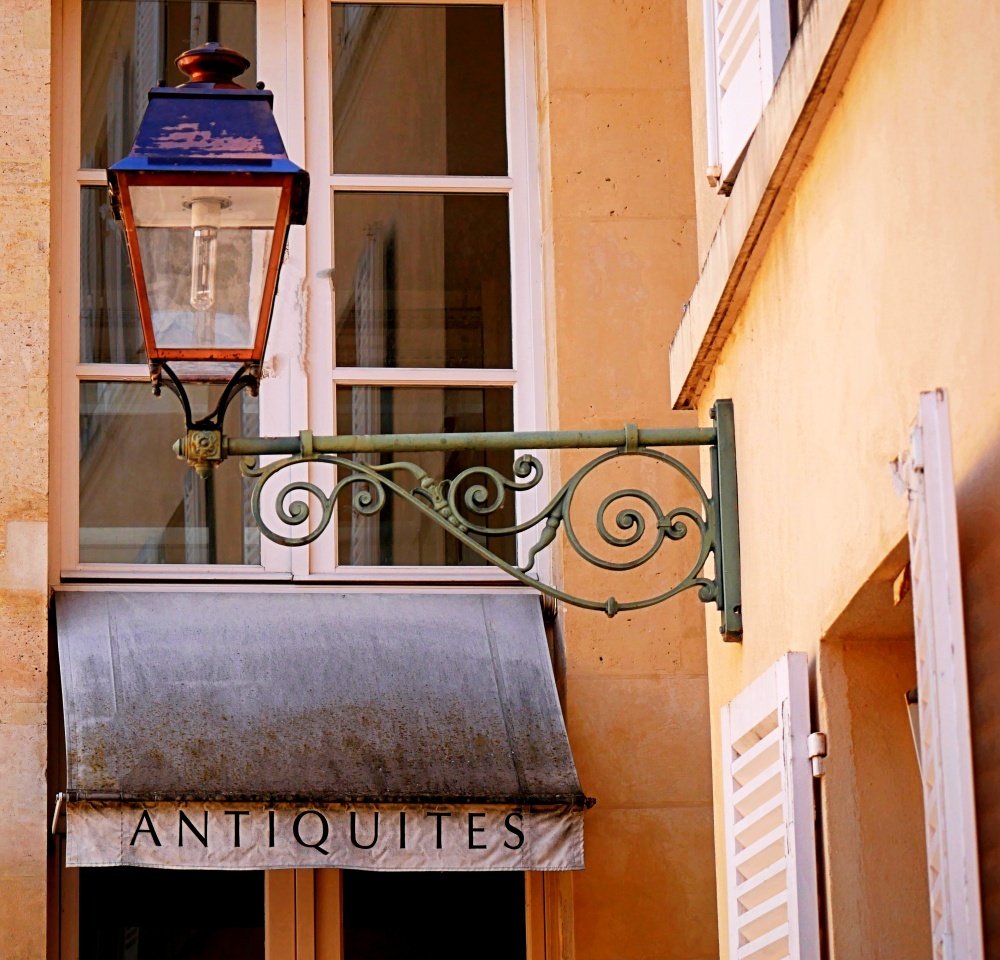
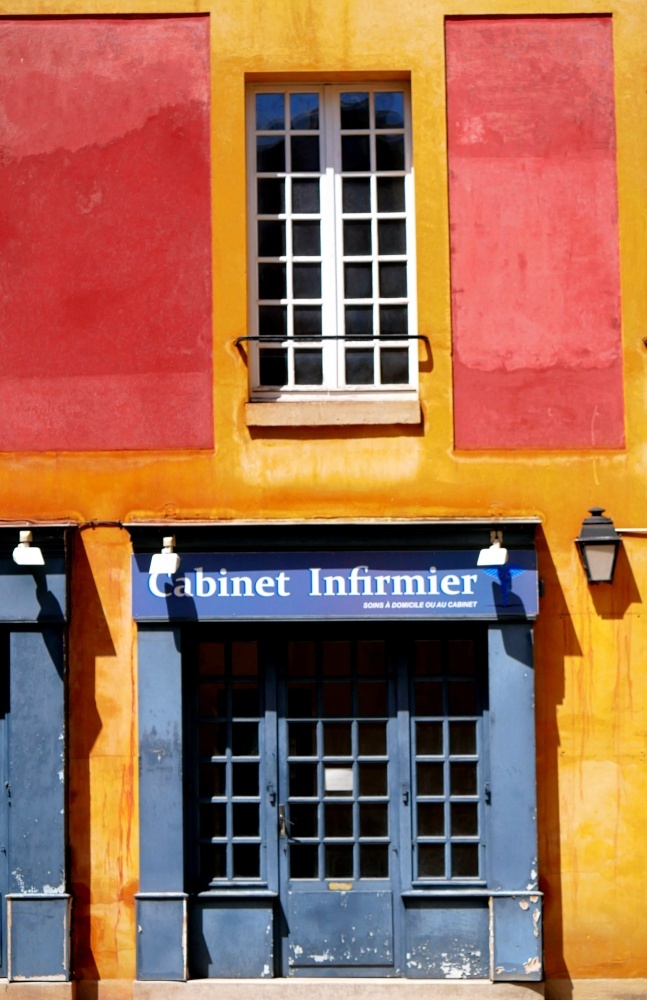
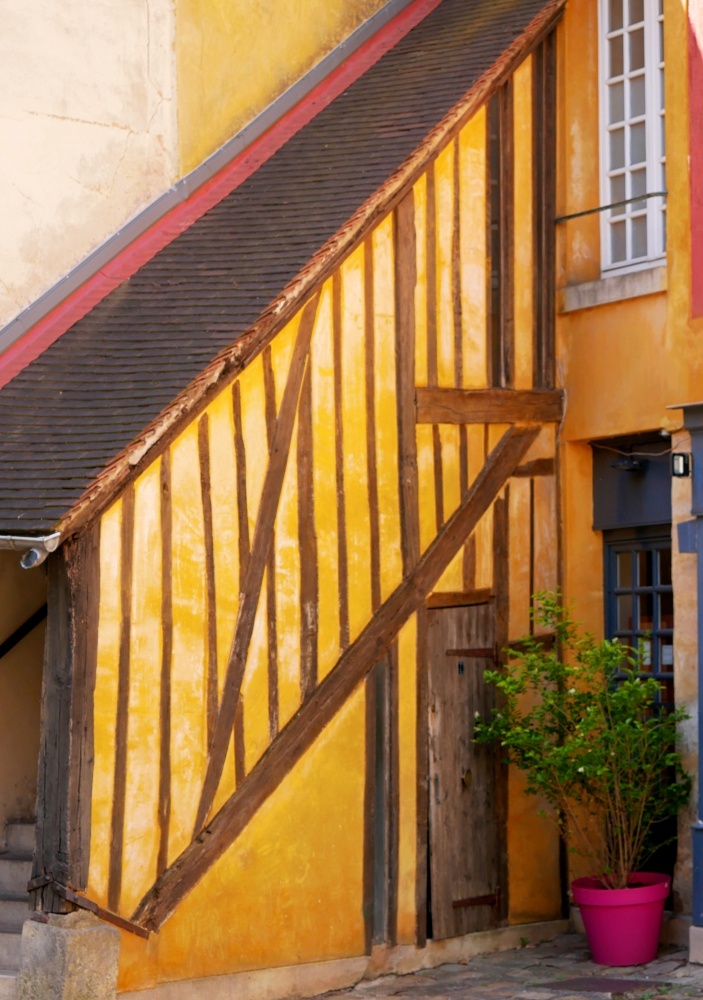

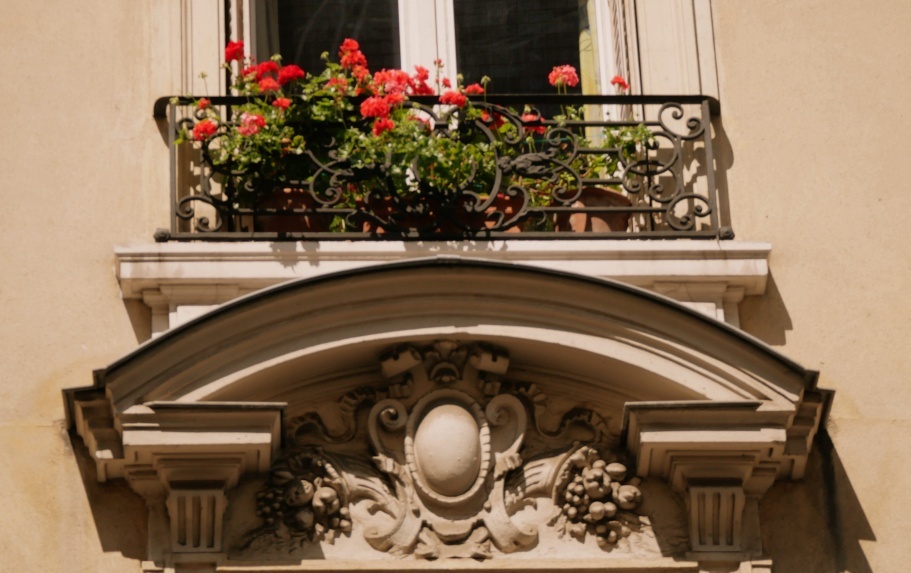
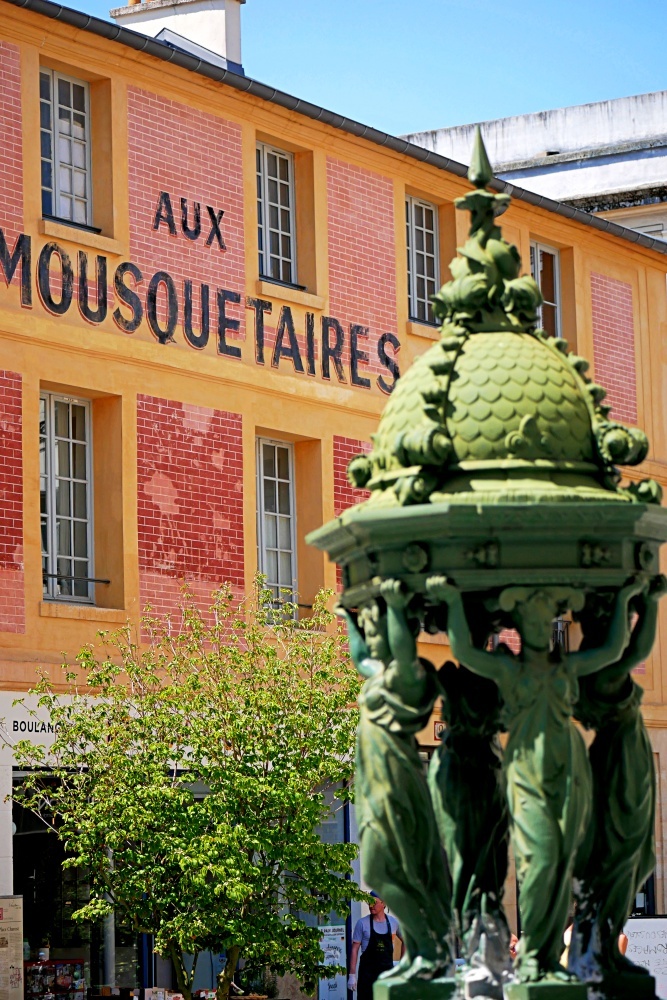

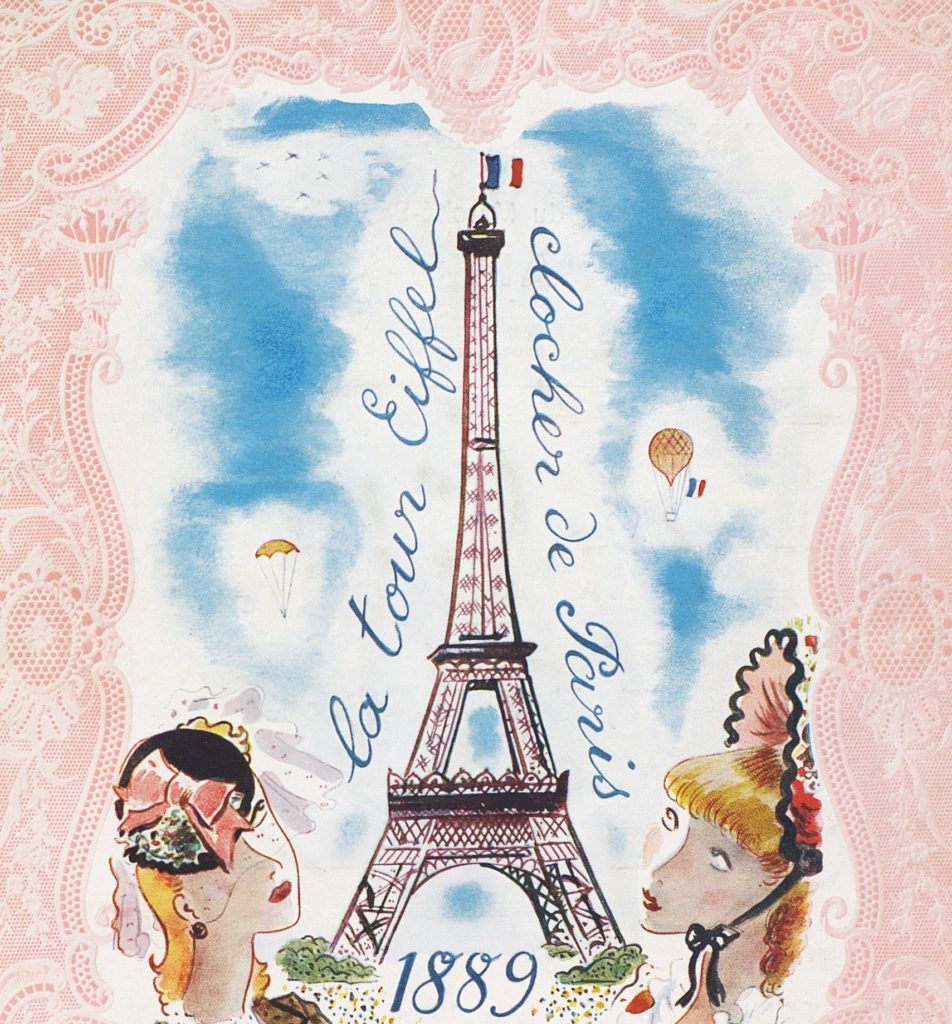
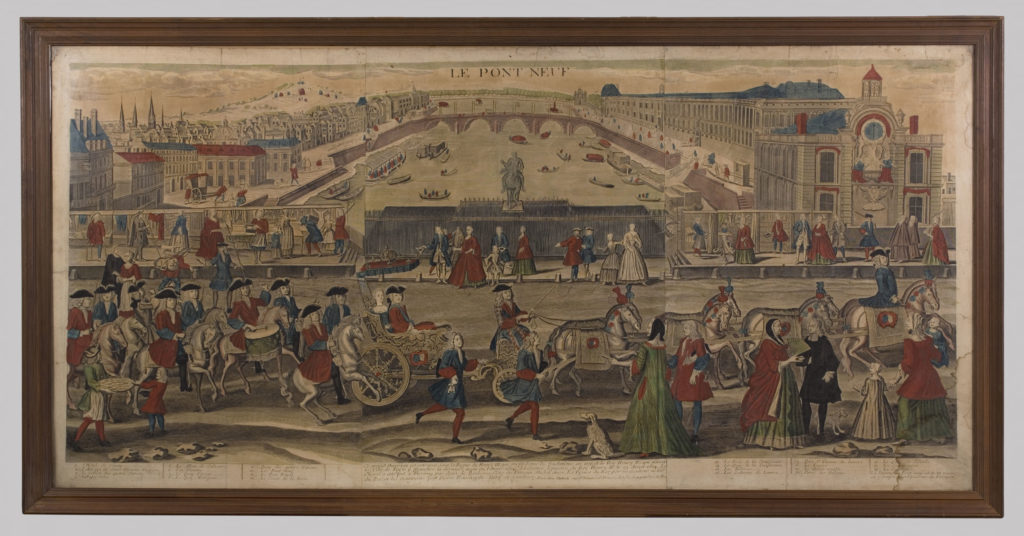
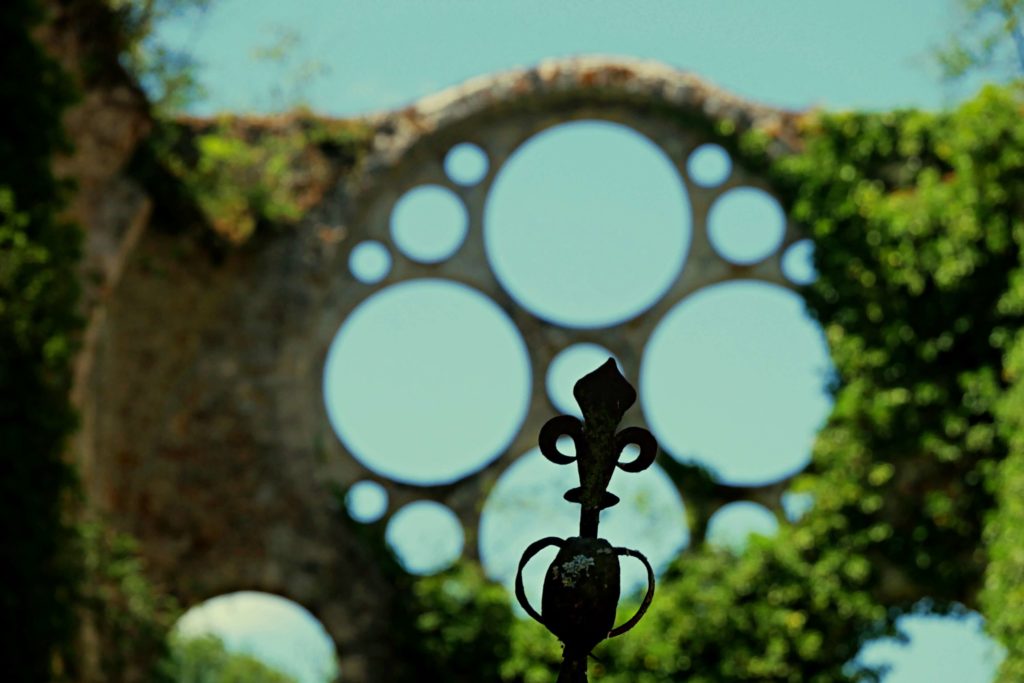
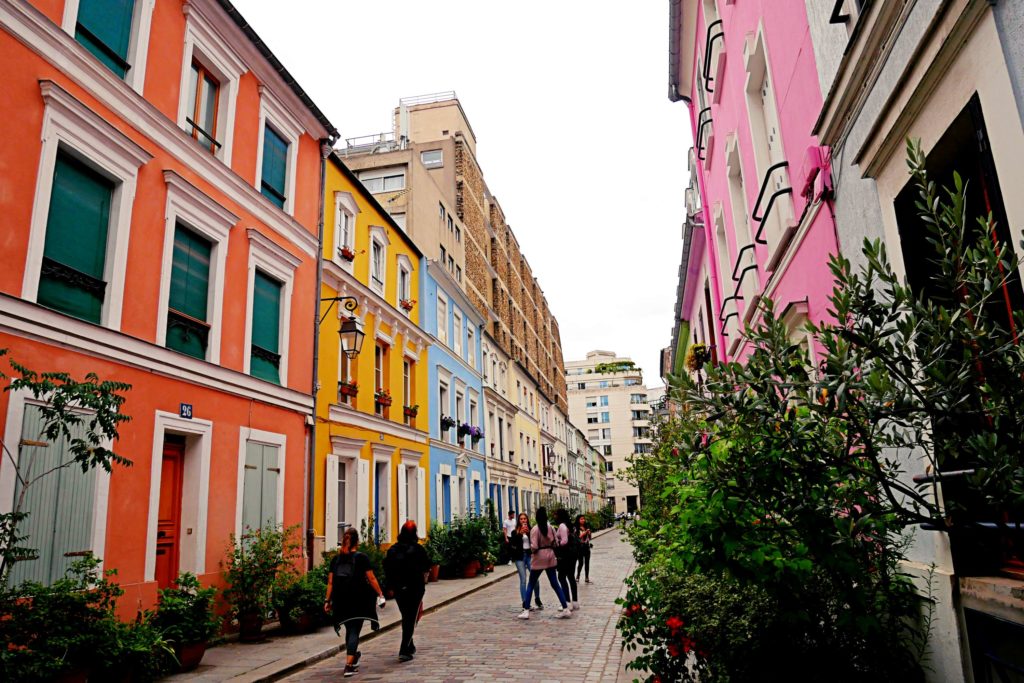
As I got off the train in Versailles and immediately I walked through the town, I had only one thing on my mind ‘the palace’. Seems I did the town of Versailles an injustice by not looking around (admittedly it was a very very hot day). I will definitely spend more time there on my next visit! Good old Louis XIII for starting the market place!
I’m glad I convinced you! It is a wonderful town to lose yourself in and just wander.